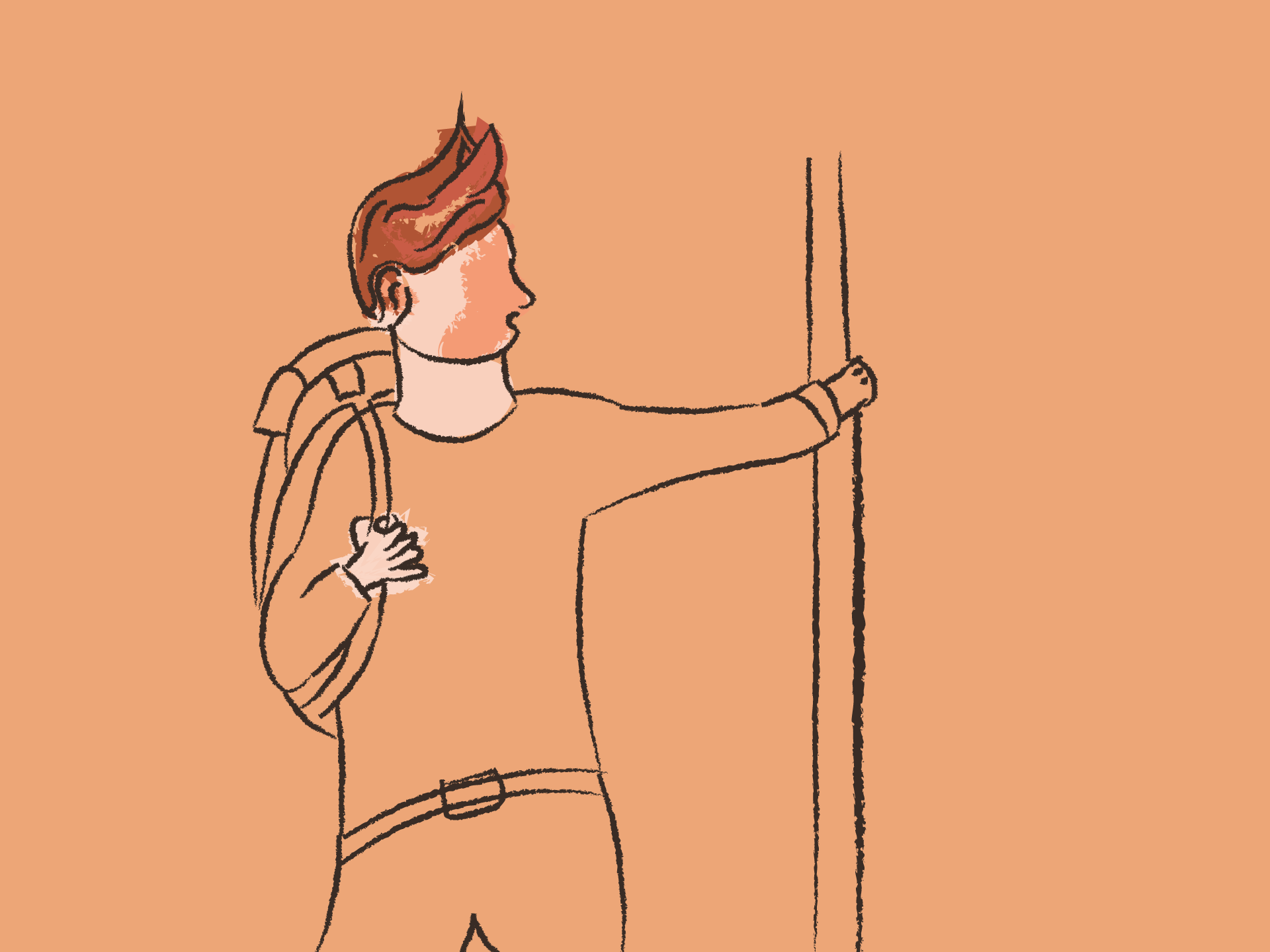
A couple of years ago, I took my first stab at co-working. I was a freelancer at the time, exploring new ways to build out a small network of contacts. Taking the advice of many a blog post that being around likeminded people would help, I decided to give it a shot.
After all, what did I have to lose?
I’d read a bunch of articles about the benefits of co-working. I’m told it’s one of the “antidotes to loneliness” that remote workers feel. It can help “tackle the anxiety of being alone with your thoughts all day”, and “stop you going insane in your own company” as a remote worker.
I guess I should have taken note of the many reasons for co-working before I tried it. I’ve not really struggled with loneliness, I’ve only ever felt anxiety in social situations, and as an hermit introvert, I thrive in my thoughts and my own company. 💭
To be honest, the first attempt at co-working lasted less than 5 weeks before I decided the cost outweighed the return. It didn’t help that I was struggling financially, too. So in the end, I decided to pack it in, save the money, and get whatever social fix I was supposed to have, elsewhere.
Fast forward two or three years, and the opportunity to try co-working—expenses covered—came up. So, I figured I’d give it another shot.
Spoiler alert: it didn’t go so well! 🙈
Round 2: I Don’t Have Social Anxiety, You Have Social Anxiety!
Suffice it to say, the second time around was as much a failure as the first—hence the title of this post!
When I arrived at the space, I had a vague recollection of the layout and how things worked. I’d chosen to revisit the local space I’d been a member of before, not only because there was the added bonus of familiarity, but because options are limited in my part of the world.
The space itself was well thought out. It’s one of the better co-working spaces I’ve seen in my time and had a good balance between open-plan hot desking, fixed desks, and private offices.
The design was all very "Shoreditch", despite being 62 miles east. The main co-working space sat on top of a coffee bar. Vintage warehouse downlights lined the centre of the main space. A small bookcase filled with titles like "Learn Javascript" and "The Dummies Guide to Web Design" separated the kitchenette and chill-out space from the rest of the room, while the brick and wood aesthetic was offset with vibrant green walls at either end.
The adjacent room switched out the vibrant green for an equally neon orange and housed fixed desks for a company. Walking through that office took you to a comfortable co-relaxing space—complete with reclaimed wood coffee table and distressed leather sofas—with bathroom facilities and private offices around the corner.
After a brief reintroduction to remind me where the free tea and coffee lives, get me on to the WiFi and show me the rest of the amenities, I took a seat in the main hotdesking section.
As I sat down, I noticed the person opposite, certain I recognised them from somewhere. We glanced eyes without acknowledgement, and that was it. Game over!
My social anxiety had convinced me I didn’t know them after all, and that if I did say “hi”, I’d just look like a weird guy that says hi to everyone!
What should have been a simple situation to overcome played out into a 6-hour workday, sat across from someone I thought I knew, without saying a word.
The worst part is, I found out it was someone I knew. Now, I have to avoid them, in case they saw me and thought I was being an asshole by not saying “hi”.
Over the next few weeks, I tried to go in a couple of times each week, defiant in my quest to make co-working work for me. The sessions weren’t as bad as the first and I managed to get work done, though probably as much as I would have at home.
There wasn’t the social aspect, partly because I didn’t seek it out, and partly because there were already existing cliques and teams throughout the space. Trying to get “in” with one of them didn’t appeal to me, and was reminiscent of my school days of yesteryear.
The truth is, there was no impetus to get to know anyone. I didn’t feel there was a reason to be there and gradually found myself spending less and less time in the space itself, opting to get a few things done before heading home to work from there.
I guess confidence is a big issue for me. It would definitely be fair to say I lack the confidence to thrive in social situations, particularly with people I don’t know. This wasn’t always the case. I used to be confident. I could talk to anyone, until around 10 years ago, though perhaps that’s a story for another time.
In any case, it was my lacking confidence and social anxiety led me to seek out remote work in the first place. But now, someone was paying for the privilege. Screw that!
Unfiltered Thoughts on Co-working
I have no doubt some people are made for co-working. By extension, that means some people just aren’t. Without hesitation, I plonk myself in the latter group.
As I mentioned before, because getting a “social fix” isn’t really something I long for, I’m not the sort of person who pines for the company of others. I don’t have any real impetus to go out and make friends.
Between my 6am gym session compatriots, and random dog walkers I pass each morning and afternoon—but don’t actually know their names—I get all the “not family or close friends but I kinda know this person” social activity I need.
As an introvert, even the thought of spending time in the company of others, in a space I don’t know and have no control over gives me boundless mild anxiety. 😬
There’s also the hidden cost of co-working. The cost to get to the co-working space, for lunch and coffee—because, let’s face it, who has the free coffee when you’re above a coffee bar—and, should you make friends, the cost of socialising with them.
Ok, so the last one makes me sound like a grouch—spoiler alert: I kinda am 😄—but even without that, we’re looking at around £15 each day. So that’s £30 a week, or £120 a month on top of the existing fee—even though I don’t pay it, I’m still conscious of it.
This all seems counterintuitive, and was one of the main draws of remote working, beyond my mental wellbeing.
Working from home means I make use of things I’ve already purchased. There’s no travelling fee, there are no extra food and drink costs.
There’s also the fact of paying a fee to be bound by arbitrary office hours. As a remote worker, I can work whenever I’m feeling it. And I struggle to switch on my ability to do good work on a whim.
Why force out sub-par work because “it’s time to work” if a couple of hours down the line I know I’ll be able to do something far better?
I guess this has a lot to do with setting boundaries between work and life, which isn’t something I struggle with. I love my work, and I like that it is part of my life. Contrary to some opinions, I like being defined by my work as a writer and a marketer. It is a huge part of who I am.
So, while some people thrive with that defined boundary between work and life, I’m not one of them!
Unbalanced Effort vs. Return
For me, there’s an inordinate amount of effort to put into making co-working worthwhile. I’d need to work on my confidence and push past my anxieties. I’d need to be more willing to place boundaries on my working hours while making the effort to actually get to the space.
I do find the pull of a local coffee shop, from time to time. Not for the social aspect, or to get out of the house, but simply for a better cup of coffee. ☕️
